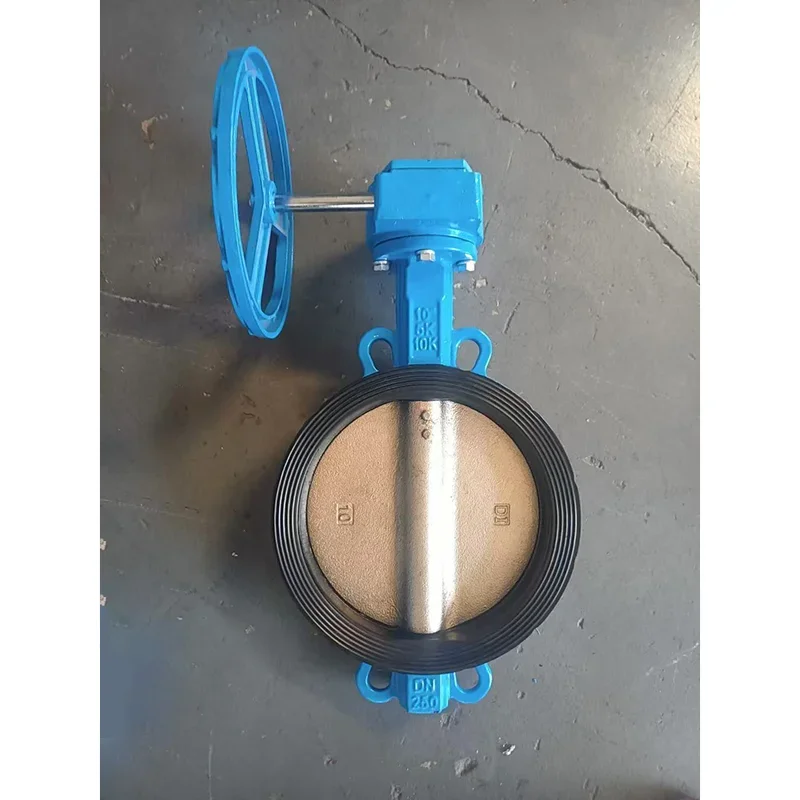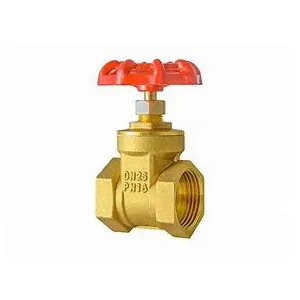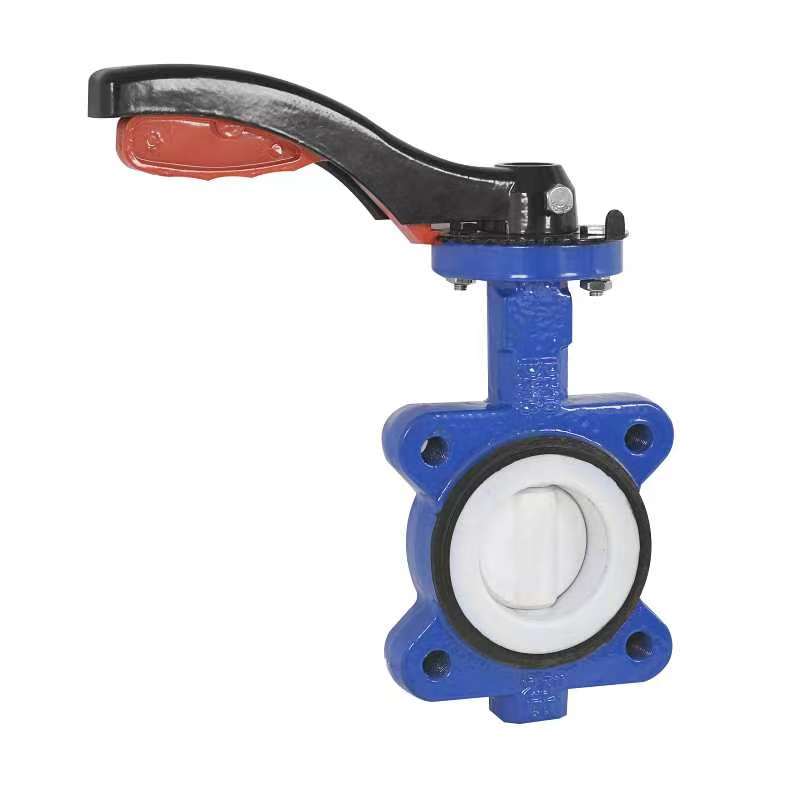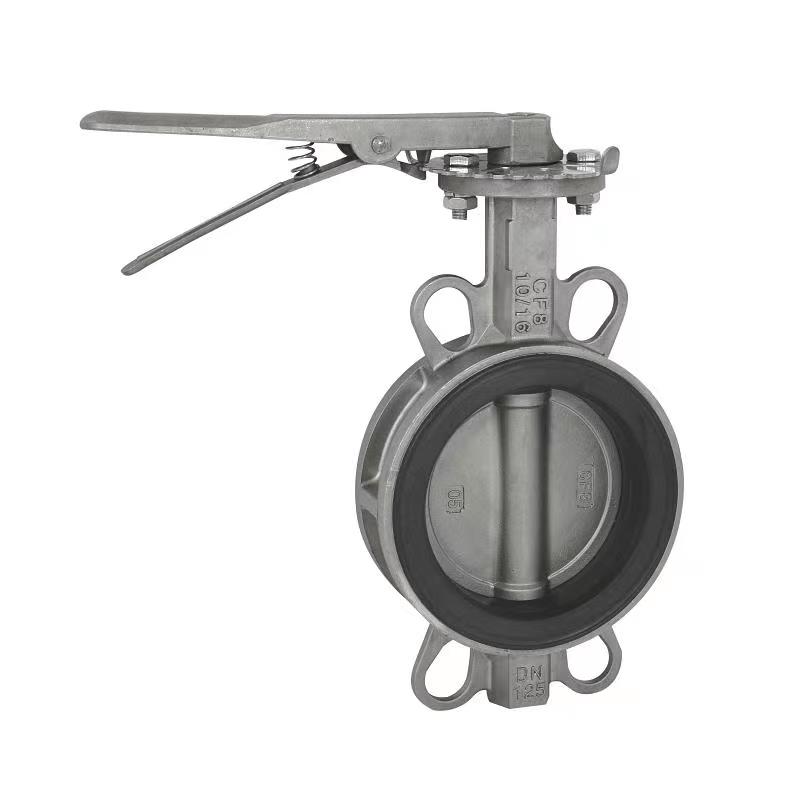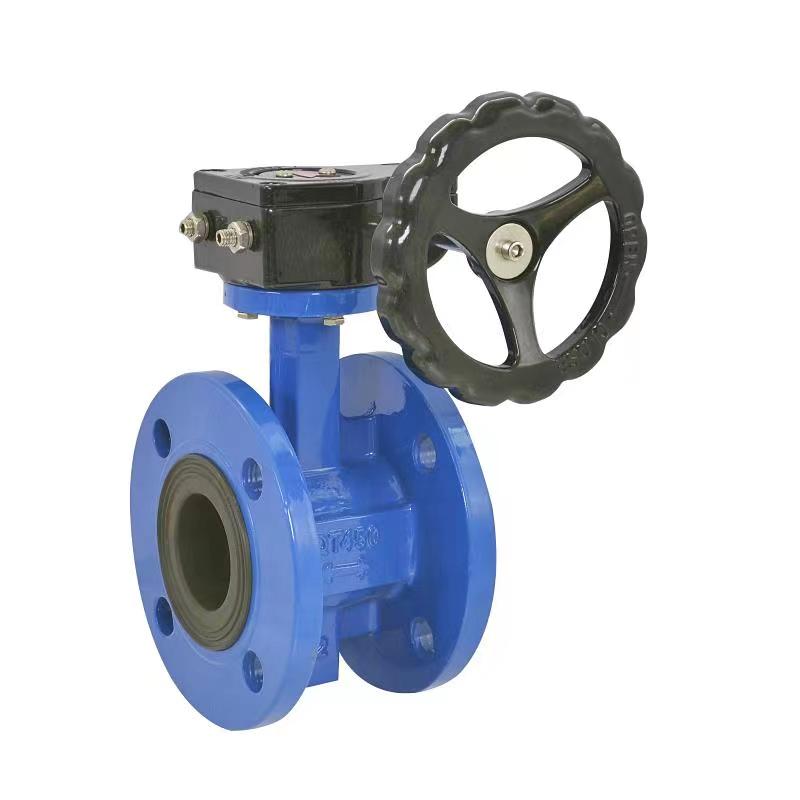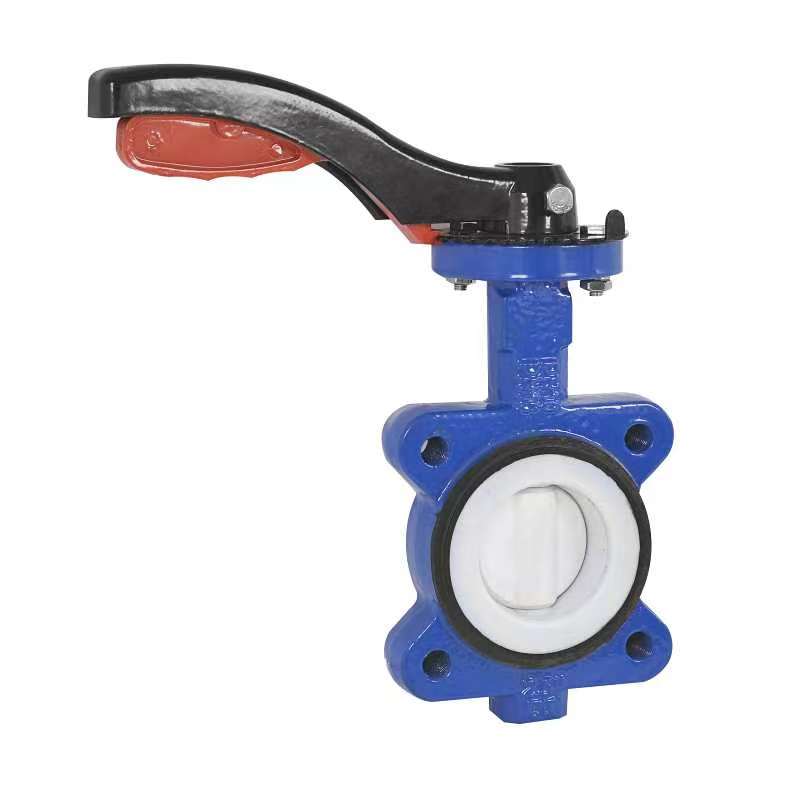- English
- Español
- Português
- русский
- Français
- 日本語
- Deutsch
- tiếng Việt
- Italiano
- Nederlands
- ภาษาไทย
- Polski
- 한국어
- Svenska
- magyar
- Malay
- বাংলা ভাষার
- Dansk
- Suomi
- हिन्दी
- Pilipino
- Türkçe
- Gaeilge
- العربية
- Indonesia
- Norsk
- تمل
- český
- ελληνικά
- український
- Javanese
- فارسی
- தமிழ்
- తెలుగు
- नेपाली
- Burmese
- български
- ລາວ
- Latine
- Қазақша
- Euskal
- Azərbaycan
- Slovenský jazyk
- Македонски
- Lietuvos
- Eesti Keel
- Română
- Slovenski
- मराठी
- Srpski језик
- Esperanto
- Català
- שפה עברית
- Cymraeg
- Latviešu
- icelandic
- ייִדיש
- беларускі
- Hrvatski
- Kreyòl ayisyen
- Shqiptar
- Malti
- lugha ya Kiswahili
- አማርኛ
- Bosanski
- Frysk
- ភាសាខ្មែរ
- ქართული
- ગુજરાતી
- Hausa
- Кыргыз тили
- ಕನ್ನಡ
- Corsa
- Kurdî
- മലയാളം
- Maori
- Монгол хэл
- Hmong
- IsiXhosa
- Zulu
- Yoruba
- অসমীয়া
- ଓଡିଆ
- Twi
- Samoa
- Sesotho
- සිංහල
- Gàidhlig
- Cebuano
- Somali
- Тоҷикӣ
- O'zbek
- Hawaiian
- سنڌي
- Shinra
- Հայերեն
- Igbo
- Sundanese
- Lëtzebuergesch
- Malagasy
- Tǝlam Kanuri
- Punjabi
- پښتو
- Chichewa
What is the problem with the gate valve not closing tightly?
2025-08-21
The gate valve is not tightly closed, may there be a problem somewhere?
In daily use, it is common for gate valves to not close tightly, and there may be multiple reasons behind this.
The sealing surface of the gate valve is a critical component. If the sealing surface wears out, for example, after long-term use, particles in the medium constantly wash away the sealing surface, making its surface rough, and the originally tightly fitting state is destroyed, the gate valve will naturally be unable to close tightly. In addition, if the sealing surface is corroded, such as in some corrosive media environments, the sealing surface material of the gate valve may gradually erode, resulting in defects such as potholes and cracks, leading to seal failure and poor closure.
The condition of the gate is also crucial. Deformation of the gate plate is one of the common causes. When the gate valve is subjected to excessive external impact or uneven thermal expansion and contraction due to temperature changes, the gate plate may bend, twist and other deformations, unable to perfectly fit with the valve seat, resulting in loose closure. Moreover, if the connection between the gate and the valve stem becomes loose, the gate cannot accurately reach the predetermined position during the closing process of the gate valve, and there may also be a phenomenon of loose closure.
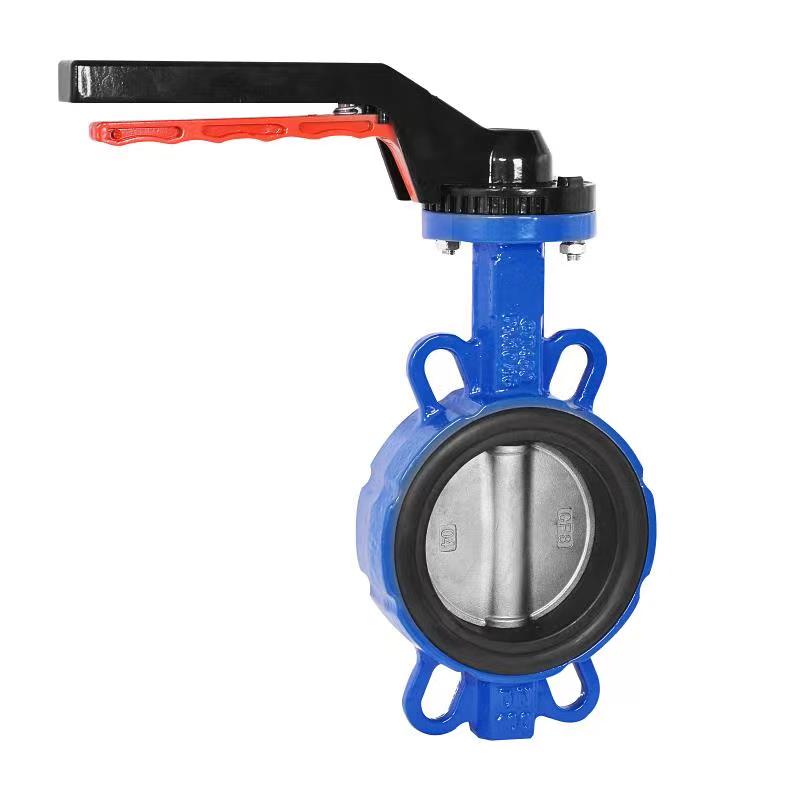
The condition of the valve seat cannot be ignored either. If the valve seat is installed improperly, there may be tilting, offset and other situations, which will cause uneven distribution of sealing pressure between the gate and the valve seat, and some areas may not be sealed tightly, resulting in incomplete closure of the entire gate valve. In addition, if there are impurities adhering to the surface of the valve seat, such as welding slag, rust, dust, etc., these impurities will hinder the tight contact between the gate and the valve seat, affect the sealing effect, and cause the gate valve to not close tightly.
When encountering the problem of loose closure of the gate valve, we can first check the condition of the sealing surface, gate plate, and valve seat to see if there is wear, corrosion, deformation, looseness, improper installation, or impurity adhesion. Then, according to the specific problem, we can carry out corresponding repairs or replace parts to restore the normal use of the gate valve.
Related News
New Products








